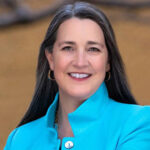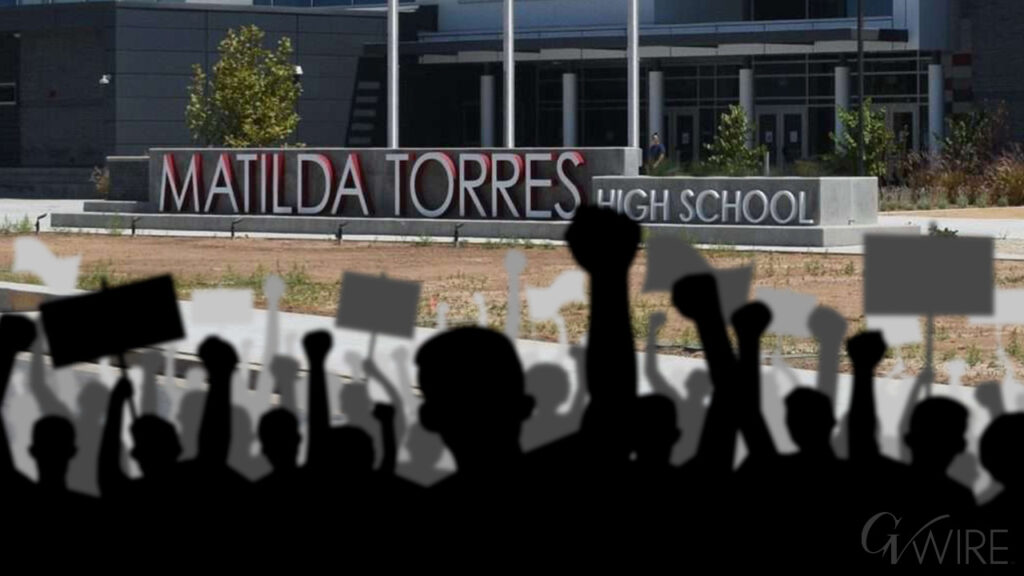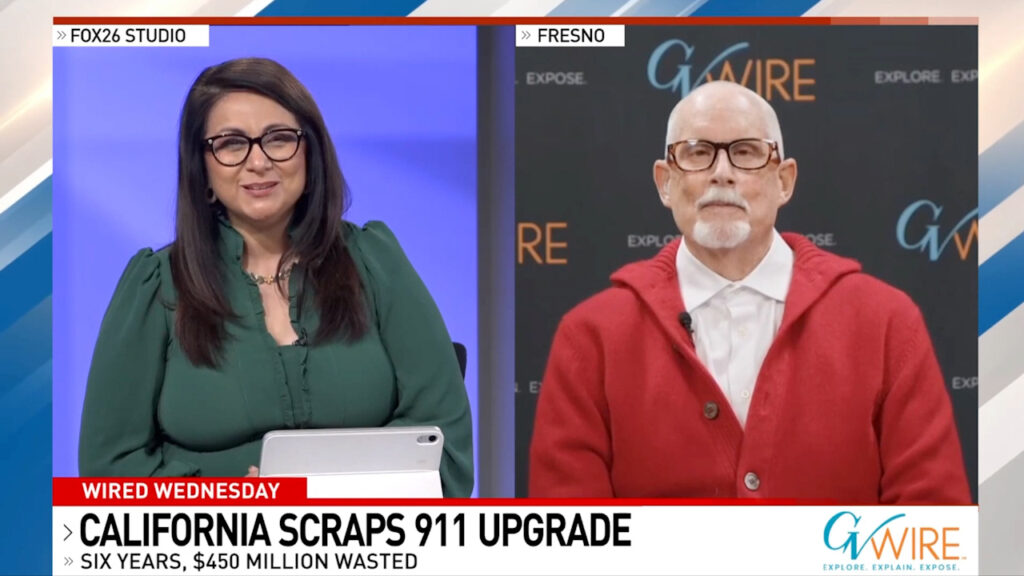
- PG&E's CEO assures Fresno's mayor that electricity rates will decrease in 2025 and 2026 after recent hikes.
- State lawmakers introduce multiple bills aiming to curb high energy costs and reform utility oversight.
- The CPUC, which approves rate increases, faces criticism for not adequately protecting Fresno ratepayers.
Share
|
Getting your Trinity Audio player ready...
|
A new study finds Fresno pays the most for electricity bills. The region’s utility promises to lower rates, and lawmakers are looking for energy-saving solutions as well.
CashNet USA — an online lender — crunched data from the U.S. Energy Information Administration, a federal government agency.
“The good news is rates are down this year, 2025 over 2024 rates are down. Rates will go down in 2026.”
— PG&E CEO Patti Poppe
Fresnans pay an annual average of $3,123 per household, the highest of any U.S. city.
“It’s disappointing but it’s not a surprise,” Fresno Mayor Jerry Dyer said. “People just want hope. They can’t continue to see increases in their PG&E bill every year.”
Lawmakers Seeking Solutions
State Sen. Melissa Hurtado, D-Bakersfield, is tired of the high rates. She said as much during a February hearing in the state utilities committee.
“I want you all to focus a lot more on people because they’re really hurting,” Hurtado told California Public Utilities Commission board president Alice Busching Reynolds and California Energy Commission Chair David Hochschild.
“You have a lot of power. You have a lot of power to do good for people. But … the decisions that you make also have the ability to create a lot of damage,” Hurtado said.
Hurtado introduced several energy-related bills, including the Home Energy Savings Expansion Act — which would establish a board to oversee and advise on low-income energy programs — and the VOLT Act, which would protect customers from damaging voltage changes.
Both bills are working its way through the legislative process.
Assemblymember David Tangipa, R-Clovis, represents part of Fresno.
“Fighting to lower utility costs has been my priority from Day 1, since one in five Californians can no longer afford their utility bills,” he said.
Tangipa introduced AB 1191 that would include hydroelectric power “to our renewables portfolio, but it was killed since it would ‘flood the market with cheap credits,'” he said.
Assemblymember Joaquin Arambula, D-Fresno, said he’s been hearing from his constituents about rising energy bills.
“Many families are struggling to make ends meet and that includes paying for electricity,” Arambula said.
Arambula introduced AB 305, which would allow small modular reactors as an affordable source of renewable energy.
“My effort is based on trips I took to France and Spain in recent years to learn how those nations have been able to use nuclear energy and technology to make energy more affordable and reliable. I’m proud AB 305 is a bipartisan effort. We must offer options to our residents to ease the climbing costs of living,” Arambula said.
CPUC Approves Rate Hikes
“California has resources to lessen the burden on ratepayers, but the Governor, California Public Utilities Commission, and Democratic leadership refuse to acknowledge the real culprit: overregulation and failed policies.”
— Assemblymember David Tangipa, R-Clovis
The five-member CPUC — a board appointed by the governor — approves utility rate hike requests.
CPUC, in a response, referred to a 112-page report from July 2024.
“The largest contributors to recent rising electricity rates are wildfire risk reduction costs and Net Energy Metering (NEM) program costs,” the annual SB 695 report said.
CPUC said Fresno has the highest kilowatt hour usage among PG&E customers.
Tangipa had harsh words.
“California has resources to lessen the burden on ratepayers, but the Governor, California Public Utilities Commission, and Democratic leadership refuse to acknowledge the real culprit: overregulation and failed policies,” Tangipa said.
“California continues to rely on developing infrastructure we cannot afford. PG&E and others are just the scapegoats when the blame lies squarely with the people driving California into the ground,” Tangipa said.
None of the CPUC members are from the Fresno region. Busching Reynolds is from Sacramento; Darcie Houck and Karen Douglas are from Davis; John Reynolds is from Oakland; and Matthew Baker is from San Carlos in the Bay Area.
“The CPUC is the one that really has to step up and not be a rubber stamp for every single request for (rate) increases,” Dyer said.

Mayor Waiting for Rates to Decrease
At the 2024 State of the City, Dyer called on Pacific Gas and Electric — the region’s electricity provider — to lower rates. The city paid $42 million in utility bills last year.
“I’m assured by Patti Poppe, the CEO of PG&E, that rates are going to be lower this year and I anticipate that trend continuing over the next few years,” Dyer said.
Dyer noted PG&E rates increased 56%, and its 2024 profits were $2.48 billion, a 9% increase over the previous year.
“We need to see significant reductions and that’s what I hope for,” Dyer said.
The city recently activated a solar power system, which will provide power to city of Fresno buildings. Dyer said that will save $155 million over 20 years.
Fresno also provides an energy efficiency grant program, to help restaurants upgrade equipment to lower costs.
The city flirted with the idea of creating its own utility, but Dyer said the startup costs would be too high.
“We’re doing our part. We want them to do their part,” he said.

Rates Going Down, PG&E Says
Last month, Dyer hosted a sit-down chat with Poppe at the Fresno EDC Real Estate Forecast event.
“The good news is rates are down this year, 2025 over 2024 rates are down. Rates will go down in 2026,” Poppe said.
Poppe said PG&E will operate leaner. That includes safer systems, and investing more capital in infrastructure.
“We are stripping out waste from our system and costs. Each year, for the last three years, we’ve removed and eliminated about a billion dollars of waste,” Poppe said.
PG&E said some rates have decreased in the last year, but acknowledges that Fresno and the Central Valley will have higher rates because of the summer heat.
“Because many summer days in the Fresno area are well over 100 degrees, customers use electricity to run their air conditioners,” PG&E spokesperson Jeff Smith said. “And that’s the biggest driver of high summer bills in Fresno.”
Smith said PG&E has heard the complaints from Central Valley customers.
“We know we have more work to do to make gas and electricity more affordable for our customers in the Fresno area,” Smith said.
Safety is still a PG&E concern.
“It is critical, however, that in addressing these cost concerns that we don’t compromise the critical issues of safety and reliability. We are reducing wildfire risk and enhancing the grid to support California’s unprecedented electric demand growth in the coming years. Our goal is to build a safe, reliable, sustainable and climate resilient system at the lowest possible cost to customers,” Smith said.




















